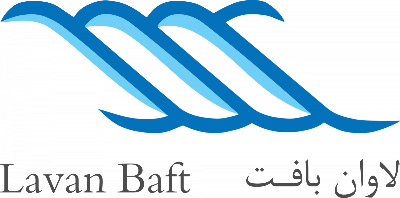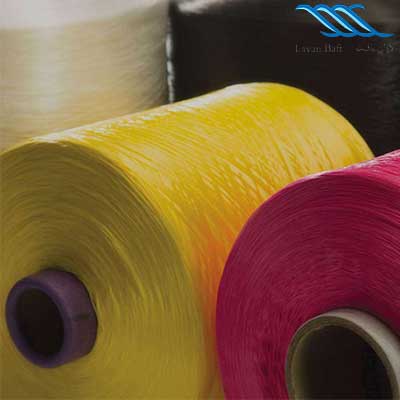How to produce polypropylene fibers
Polypropylene fibers are produced by propylene polymerization as a linear polymer. The raw material for the production of polypropylene fibers is propylene (3CH2=CHCH), which is formed as a side product in the production of ethylene and by breaking the oil molecule in the petrochemical industry. Liquid gases containing propylene are another material of this source.
Medium molecular weight fibers are used in the textile industry. Polypropylene fibers with high molecular weight are used as fibers with high efficiency and strength.
Since the melt flow index and the average molecular weight are related to each other, the suitable melt flow index in the production of textile fibers is 15-25 g/10 minutes and for high efficiency fibers it is 3-5 g/10 minutes.
Application of pp twine
Polypropylene yarn has many uses, but the most used is in sanitary purposes and the production of micron spun yarn filters and all kinds of sacks. These threads, which are made of polypropylene, are known as one of the most used equipment in water purification in the reverse osmosis and desalination industry. In this way, the high density of fibers causes particles to remain on the external surface of the device and water particles that are less than 5 microns pass through the surface and enter the water purification system. This process is called micron filtration.
Polypropylene fibers are also widely used in non-woven textiles. These fibers are used in air filters, liquid filters, gas filters, oil absorbers in the oil industry to separate oil from sea water and air conditioning equipment filters.
But the more general application of this product is in cases such as summer clothes (suitable for sweat removal), face masks for patients and hospitals, wall covering, concrete, table cloth and other cases.
The elasticity of polypropylene yarn
These threads are completely synthetic and as it turns out, they are made of a monomer called polypropylene, which is a petroleum derivative. Polypropylene is a thermoplastic polymer and by melting its spinning chips, it becomes a fiber. In polypropylene fiber, there are both crystalline areas and amorphous areas. The degree of crystallinity and amorphousness depends on the amount and method of stretching in the spinning process. This is because in the tension zone, the arrangement and orientation of the molecular chains will change and become parallel to the main axis of the fiber.
Mechanical properties of polypropylene
- It has a high melting temperature and good strength against heat and heat, so it melts later.
- It can be said that the resistance to abrasion is not much different from other synthetic fibers and is almost at the same level.
- One of the characteristics of polypropylene is that it cannot be dyed, which is not seen in other synthetic fibers. Of course, polyethylene is the same. Although there are solutions for this issue, and since the non-dyeability of polypropylene has become an important issue, after enough research, researchers have come to the conclusion that the dye can be applied at the stage before the formation of fibers and when the polymer is in a molten state. added. This method has also fixed this problem.
- Other characteristics of polypropylene include high transparency, high tensile strength, resistance to acids and corrosion, anti-allergy and body sensitivity.
- According to the production speed and temperature of molten polymer, cooling speed and stretching after production, polypropylene fibers differ from each other in terms of the orientation of their crystals in relation to the fiber axis. Increasing the initial spinning speed and applying tension after production increases the orientation of the crystals in the direction of the leaf axis.
- If the molten polypropylene is cooled slowly, a famous monoclinic crystal structure is formed. Heating paracrystalline polypropylene to more than 80 degrees Celsius leads to the change of its crystal structure to monoclinic form.

